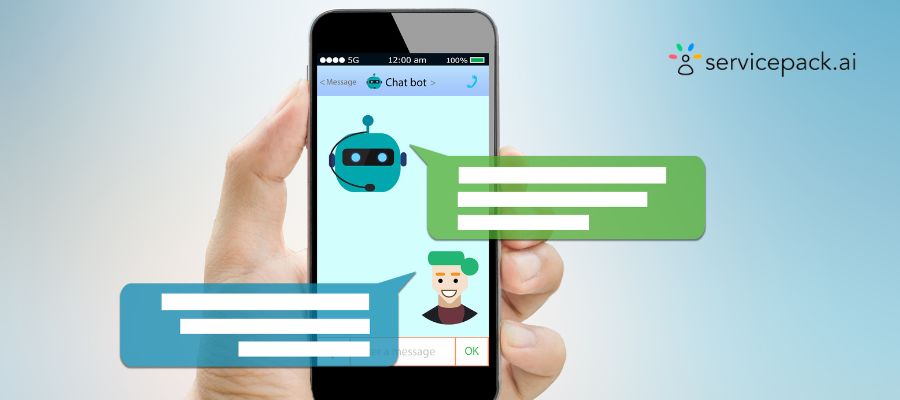Where remote work and global collaboration have become the norm, communication is the cornerstone of success for any organization. Effective communication is not just about the exchange of words; it’s about understanding, engagement, and accessibility.
This is where collaboration platforms and conferencing tools, fueled by speech-to-text technology, play a pivotal role in revolutionizing the way we communicate and collaborate.
The Rise of Collaboration Platforms and Conferencing Tools
The digital landscape has witnessed a remarkable transformation over the last decade. Traditional office spaces have evolved into virtual workspaces, transcending geographical boundaries. This shift has necessitated the development of tools that facilitate seamless communication, file sharing, and project management. Collaboration platforms have emerged as the solution to bridge the gap between in-person interactions and virtual collaborations.
Collaboration platforms like Microsoft Teams, Slack, and Asana have gained immense popularity due to their ability to bring teams together, streamline workflows, and centralize information. These platforms offer real-time messaging, document sharing, and project tracking, making it easier for dispersed teams to work cohesively.
Conferencing tools, on the other hand, have taken remote communication to a whole new level. Applications such as Zoom, Webex, and Microsoft Teams allow individuals to conduct face-to-face meetings, webinars, and presentations irrespective of their physical location. These tools have become an integral part of business operations, enabling visual and verbal communication.
The Power of Speech-to-Text Technology
One of the challenges in remote communication is ensuring that all participants are on the same page. Misinterpretations and misunderstandings can occur easily when relying solely on verbal communication. This is where speech-to-text technology comes into play.
Speech-to-text technology, often referred to as Automatic Speech Recognition (ASR), is a transformative innovation that converts spoken language into written text. The technology utilizes complex algorithms and neural networks to analyze audio inputs and transcribe them accurately. What was once a futuristic concept has now become an indispensable tool for enhancing communication and accessibility.
Benefits of Integrating Speech-to-Text Technology
1. Accessibility and Inclusivity
Speech-to-text technology significantly enhances accessibility for individuals with hearing impairments. It ensures that the content of verbal communication is available in written form, enabling everyone to participate fully in discussions and meetings. This promotes inclusivity and diversity within organizations.
2. Enhanced Comprehension
Text-based communication can sometimes be clearer and easier to comprehend than verbal communication, especially when dealing with complex topics or foreign accents. Speech-to-text technology provides a textual representation of spoken words, allowing participants to read and understand the content more effectively.
3. Documentation and Record Keeping
Meetings and discussions are essential for decision-making and knowledge sharing. Integrating speech-to-text technology within collaboration platforms and conferencing tools automatically generates written transcripts. These transcripts serve as valuable records that can be reviewed, shared, and referred back to, ensuring that no important detail is lost.
4. Language Translation
In a globalized world, businesses often collaborate with partners and clients from different linguistic backgrounds. Speech-to-text technology can be integrated with translation tools, allowing real-time translation of spoken language into text in different languages. This breaks down language barriers and fosters cross-cultural collaboration.
5. Searchability and Data Analysis
Textual data is inherently more searchable and analyzable than audio or video content. Speech-to-text technology converts spoken content into searchable text, making it easier to locate specific information within recordings. This feature is particularly valuable for researchers, content creators, and businesses analyzing customer feedback.
6. Attention and Engagement
During virtual meetings, maintaining participants’ attention can be challenging. Integrating speech-to-text technology to display real-time transcriptions can help keep participants engaged by providing a visual element alongside the spoken words. This is especially beneficial for webinars and training sessions.
Challenges and Considerations of STT
While the benefits of speech-to-text technology are substantial, there are certain challenges and considerations to be mindful of:
1. Accuracy
The accuracy of speech-to-text technology is influenced by factors such as background noise, accents, and the quality of the audio input. While advancements have been made to improve accuracy, occasional errors may still occur.
2. Privacy and Security
Transcribing spoken content raises concerns about data privacy and security. Organizations must ensure that sensitive information shared during meetings is properly safeguarded, and compliance with data protection regulations is maintained.
3. Implementation and Integration
Integrating speech-to-text technology seamlessly into collaboration platforms and conferencing tools requires careful implementation. Compatibility, user experience, and technical support are critical factors to consider.
Final Thoughts
Communication tools have become the backbone of successful teamwork. Collaboration platforms and conferencing tools have redefined how we interact, work, and innovate together. The integration of speech-to-text technology takes these tools to new heights, fostering accessibility, comprehension, documentation, and engagement.
As technology continues to advance, speech-to-text technology will likely become even more sophisticated, addressing current challenges and further enhancing its accuracy and usability. Organizations that embrace these innovations stand to benefit from improved communication, increased efficiency, and a more inclusive work environment. The marriage of collaboration platforms, conferencing tools, and speech-to-text technology is a testament to human ingenuity and the drive to create a more connected and accessible world.

